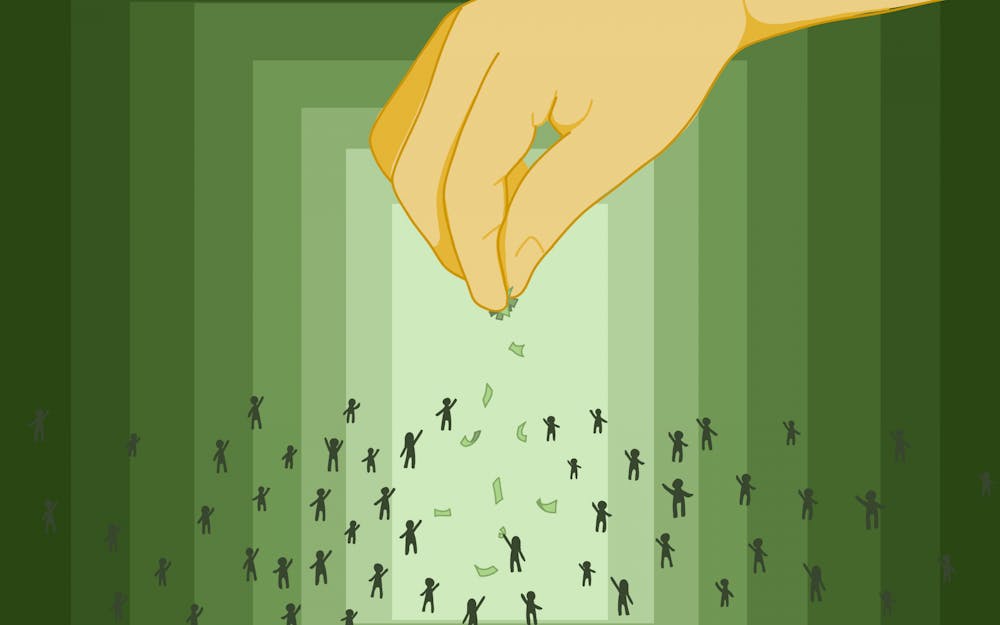Once upon a time, there was a country that had more than a few problems. There was extreme partisanship in the government, ever-growing hate toward marginalized communities and a workforce increasingly disillusioned with the lies they had been fed for decades. Instead of using their power to fix these problems, politicians decided to focus on a made-up issue: a labor shortage.
You’ve likely heard the whining across the country about a shortage of workers. It’s true that many industries have fought to bounce back after the impact of the pandemic. But the reason they’re struggling isn’t because “people don’t want to work” – it’s that they don’t want to work for starvation wages.
The first big hole in the labor shortage theory is that unemployment is at about 3.4%. That’s the lowest it has been in years. The majority of the country is working, but many lawmakers are acting like they aren’t.
[Related: OPINION: Denouncing the horrors of capitalism]
Take Iowa, for example. Recently, a bill in the state congress proposed loosening child labor laws to make up for lost workers. This bill advocates for children as young as 14 to work in mining, logging and other previously prohibited jobs. It also allows for longer shifts and less liability to companies if children get hurt on the job.
This is completely irresponsible on the part of Iowa’s legislature. Even if businesses are struggling, recreating one of the most despised eras of the Industrial Revolution is not at all the move.
Despite state governments reacting to this supposed labor shortage, the Federal Reserve is saying the exact opposite: too many people are employed. In response to high inflation, the Fed is actively trying to raise unemployment and reduce jobs.
So what is the truth? Are too many people employed to the point that we need to take away jobs? Or is it that too few people are employed, so we should send the kids into the mines? No one seems to be sure.
Both of these policies, frankly, suck. In the U.S., it’s work or die. Knowingly putting people out of jobs is going to harm millions for the sake of reducing some imaginary numbers that determine the state of the economy.
Along with this, child labor is not the solution to anything. There’s a reason that we moved past it in the early 1900s. Young teenagers should be learning and becoming functioning members of society, not being tasked with clearing trees in a logging operation.
The truth isn’t that there’s a labor shortage. It’s that there’s a shortage of employers willing to pay fair wages.
[Related: National decrease in job openings may slow inflation]
The real, adjusted-for-inflation value of the federal minimum wage has dropped relatively low compared to its past value. In 2010, when the federal minimum wage was last updated, $7.25 was more like $9.50 in today’s money. At least 1.1 million Americans, those who work for minimum wage, have reduced buying power. If an employer is offering just minimum wage, it’s likely that most people won’t want to apply.
Along with this, more people are becoming self-employed. At this stage, many workers would rather run their own businesses than labor in the grinding machine that is modern work culture.
If businesses pay their employees more, they’ll get more out of it. Productivity often goes up when employees are given a real incentive to do well. If you pay minimum wage, you’re likely going to get minimum effort.
The myth of the labor shortage comes not from employee laziness but from employer greed. People want to work – they have to in order to survive. But if they aren’t being offered anything substantial for their labor, they’ll move on. If companies finally realize that paying more gets better work, maybe this story will have a happily ever after.
Danny William (they/them) is a freshman studying media.




